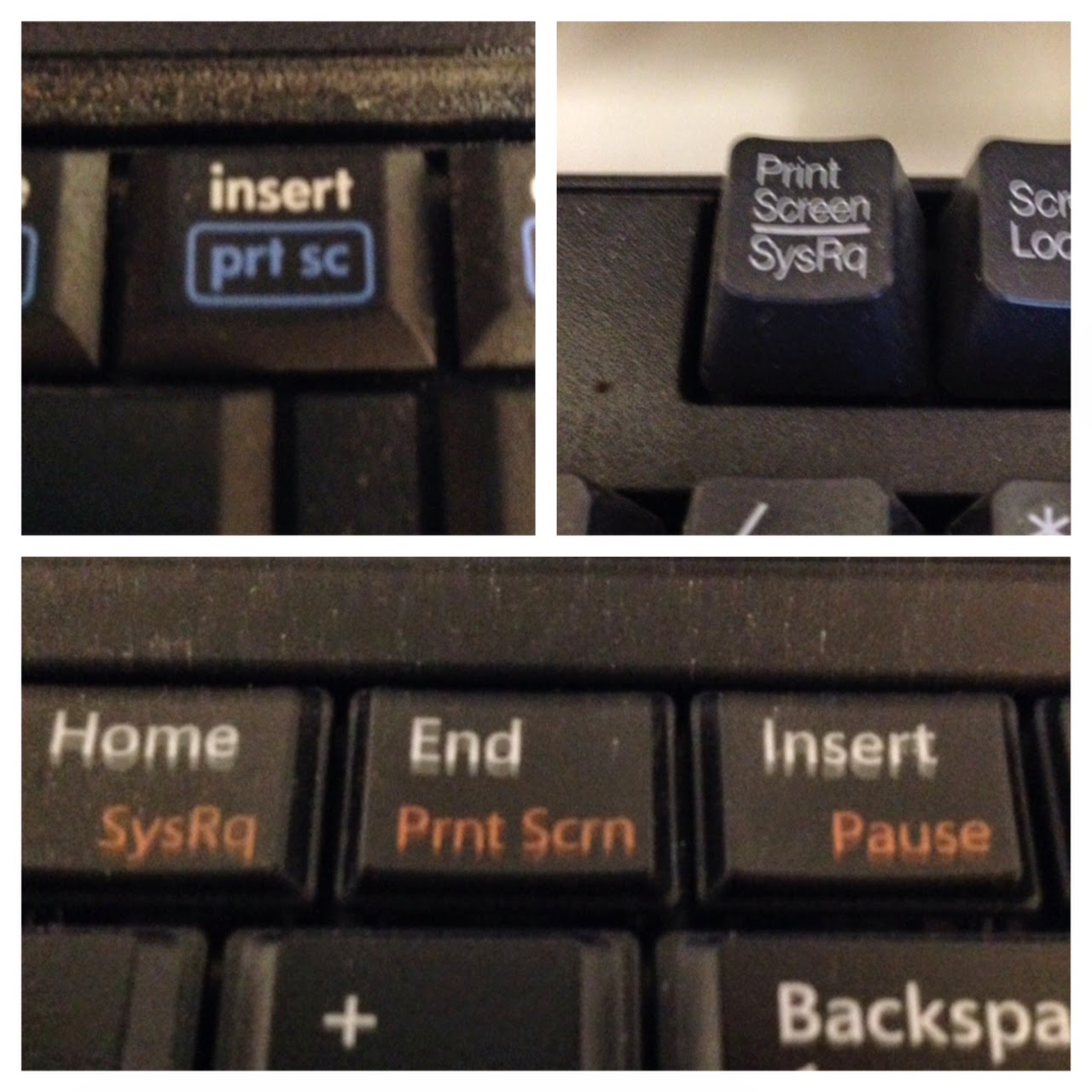Going Paperless... Is It Good for Students?

Author Note : Please check out a more thorough version of this post on EdSurge posted on June 26. Thanks! As I close in on the final weeks of the school year, I'm always buried in research papers, projects, and data. But I can't help but be slightly nostalgic for that sweet spot about a month into the school year. It is then that I don't feel the rush to grade by a hard deadline, I've had a little time to get to know my students on both an academic and personal level, and I have plenty of room to experiment a bit with content and instruction. It was at this point in late September/early October of 2013 that I decided to take the plunge and go completely paperless. This was certainly a personal and professional challenge for myself, but now that I look back, did it have a beneficial impact on student learning? Because if it didn't, none of it was worthwhile. A little paperless artwork on my classroom whiteboard courtesy of some sophomores. As part of s

